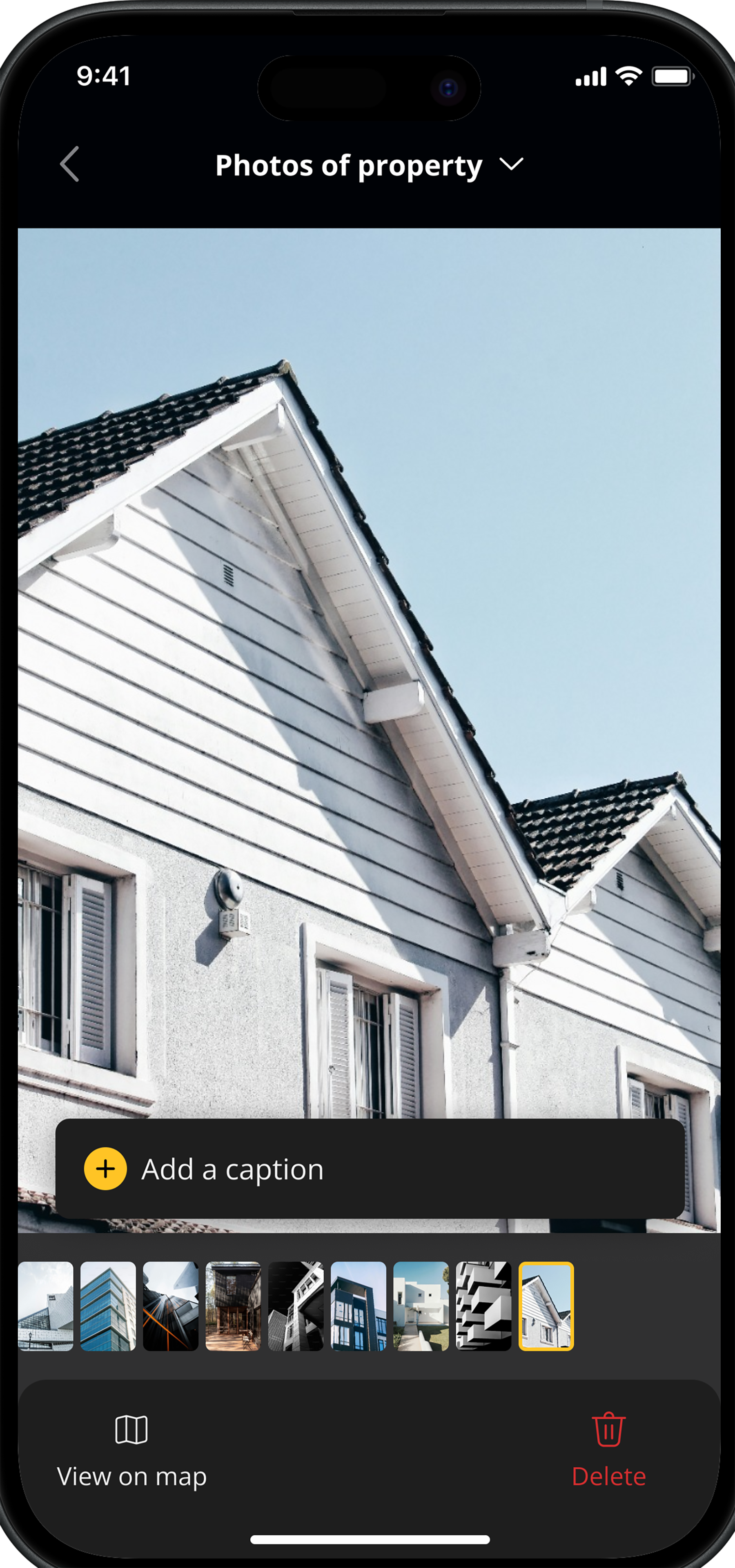
By Robert L. Reid
A survey of firms in the architecture, engineering, and construction industry, together with an analysis of data from technical report activity generated by these firms, indicates that an initial “general optimism” about the year 2024, as recorded in January, actually turned into “dramatically” improved business activity by midyear, says Chris Connell, CEO of Quire, which provides technical report management services to the AEC sector.
At the start of 2024, Quire contacted more than 100 of its customers about their expectations for the year ahead and learned that “a large group said they were going to do a little better than 10% more business,” primarily in terms of the technical report deliverables they would generate for clients, Connell notes. But when data of the actual technical report activity by such firms was examined at the end of the first two quarters of 2024, “we discovered their activity was up dramatically – a 32% increase” in technical reports delivered, as compared with the same period during 2023, Connell said.
Based in Doylestown, Pennsylvania, Quire produces the cloud-based Technical Report Management software platform, which is designed to help companies improve their ability to perform environmental due diligence work and produce technical deliverables and commercial proposals. In addition to canvassing its customers, many of whom are civil engineering firms, Quire also collected data from thousands of contractors and from more than 1 million technical reports generated through its TRM platform.
Geotech growth
Quire’s data analysis indicated especially strong growth in geotechnical reports. For example, geotechnical investigation reports “experienced explosive growth, increasing 2,000% over the past two years,” according to the firm’s MarketWatch document, which discussed the data analysis. The geotechnical investigations category is expected to increase by at least another 700% during 2024 than in 2023, MarketWatch noted, while geoenvironmental reports grew 1,033% in the first half of 2024 compared with the same period in 2023.
Further reading:
- Civil engineering salaries rising, ASCE report finds, but should they be even higher?
- Which cities top ASCE's 2024 Best Places list?
- 2022: The first of several solid years for the AEC industry
“The growth in geotechnical reports spans firms of all sizes, but is particularly pronounced among larger companies,” according to MarketWatch. “Firms with more than 1,000 employees showed a 733% increase from 2023 to the first half of 2024. Companies in the 500-999 employee range saw the most dramatic increase, with a 4,100% rise from 2023 to the first half of 2024.”
Civil engineer Kelly Stratton, who founded Quire in 2010 and serves as president and chief product officer, attributes the growth in geotechnical reports to several factors. Although the AEC industry overall has long been slow to adopt new technology, that is starting to change, Stratton says. Consequently, Quire’s existing customers who were already using the TRM platform for environmental and industrial hygiene reports have also begun to use the system for geotechnical report deliverables, Stratton notes. At the same time, she has seen an increasing number of new customers adopt the TRM platform specifically to generate geotechnical reports.
“Finally, and this is more anecdotal, many of these new customers, as well as our long-term customers, have told us that demand for these (geotechnical) report deliverable types has grown dramatically,” Stratton said.
This is likely because of increased infrastructure spending as well as a rise in business backlogs across the AEC industry, she notes. Indeed, Connell adds, AEC backlogs that used to be measured in weeks have increased to an all-time high of eight months and are approaching the one-year mark.
Features and the future
Stratton says she worked with software experts to launch Quire because of “the grueling and tedious nature of writing technical reports,” which sometimes found her still awake and working at 4 a.m. trying to finish such documents. Although Quire’s initial product was simply a file management system, the firm gradually refined its offerings until it can now give users features that range from customer-specific templates to word banks of generally used technical terms and descriptions. The word bank, in particular, can help companies bring new employees up to speed because “they’ll have this institutional knowledge at their fingertips,” Connell said.
There is also a mobile app that allows engineers in the field to begin work on reports before they leave jobsites and a feature that automatically alerts the next person in the chain of reviewers when the report is ready to move along, Stratton explains.

Looking ahead, Quire is working to develop an artificial intelligence search engine that will enable customers to quickly examine thousands of existing reports and mine that older intellectual property for critical information, Stratton adds.
Taking out the tedium
Chuck Kizina, an executive adviser for environmental due diligence in the Atlanta-area office of global engineering firm GHD, has used the TRM platform for environmental site assessments and property site assessment reports but is also considering the system for geotechnical and wetlands delineation reports.
Kizina jokes that he used to produce technical reports “on stone tablets” and had to manually enter aerial photographs, topographic maps, and regulatory information, repeatedly adapting one existing template to the style and requirements of each different client. Now, using the TRM platform, that work is done automatically, reducing the time required to generate reports by at least 25%, he estimates.
For example, the work of adding photographs and caption descriptions to reports often took hours to complete and could not be done until as much as a week or more after visiting a site. “Now, as I walk off the property, the photo log is not only done but synchronized into the report before I’ve even left the site,” Kizina explained.
Kizina also credits the TRM platform with helping GHD retain staff, especially new, younger employees, who would otherwise be stuck with the most challenging aspects of traditional technical report writing. “This takes a lot of the tedium out,” he explained.



